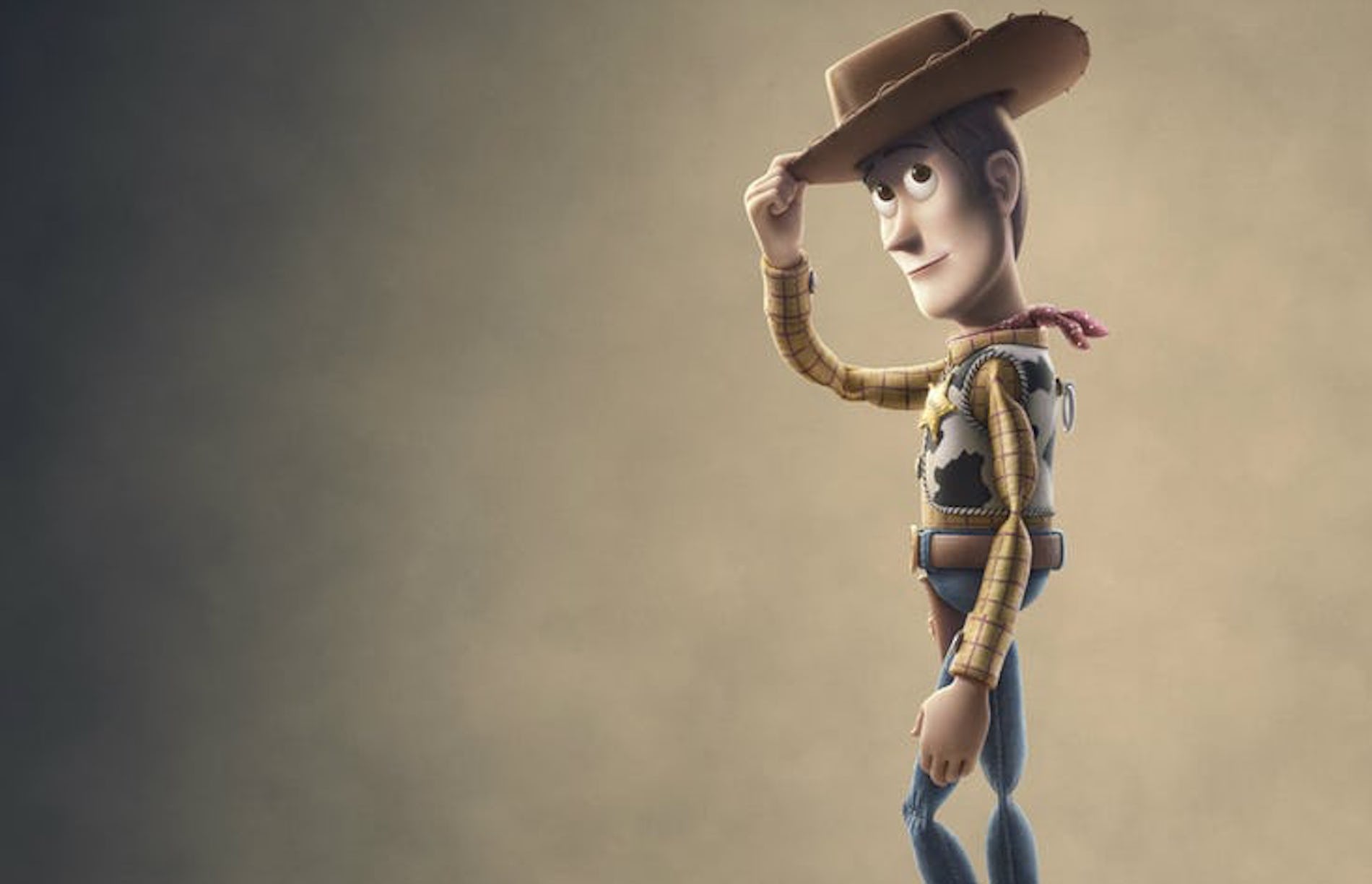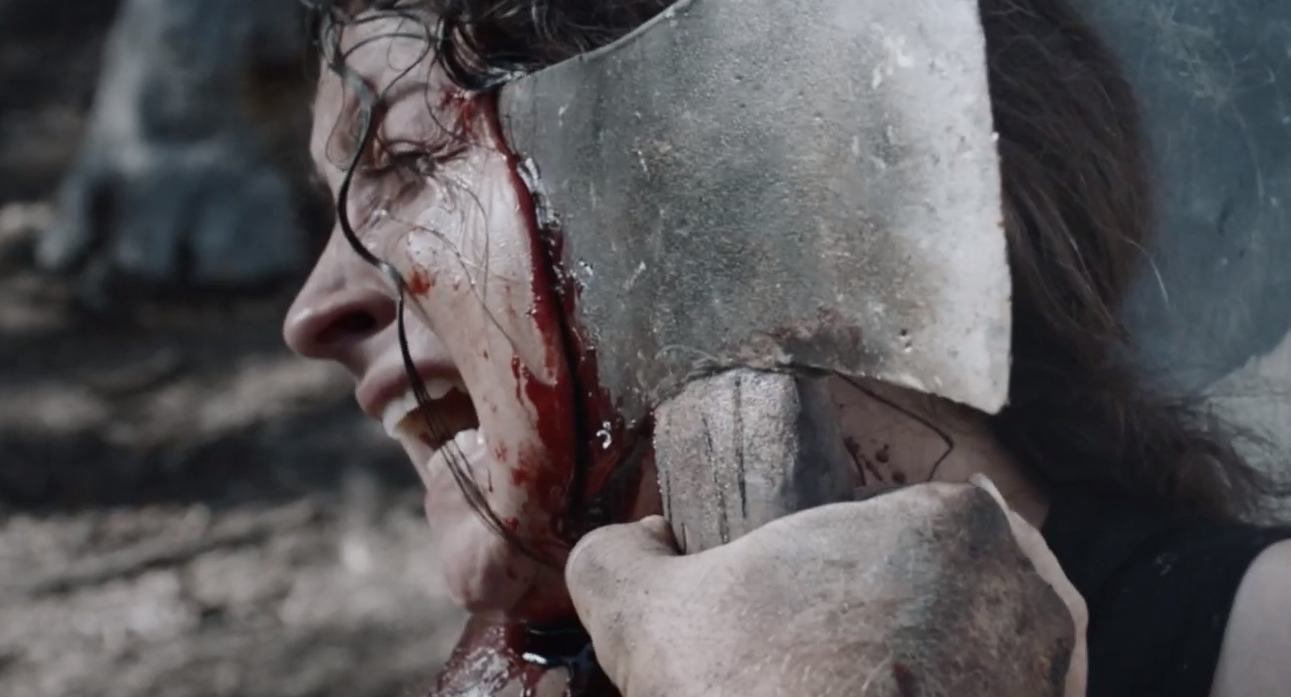Monos
by George Wolf
On a mountaintop that rests among the clouds, eight child soldiers guard an American hostage and a conscripted milk cow.
They play what games they can manufacture and train for battle under the exacting eye of The Messenger (Wilson Salazar), whose visits bring supplies, decisions on permitted sexual “partnerships” among the group, and orders from the commanding Organization on how to carry out an ambiguous mission.
While The Messenger is away, one bad decision creates a crisis with no easy solution, becoming the catalyst for Alejandro Landes’s unconventional and often gut-wrenching Spanish-language thriller.
Yes, you’ll find parallels to Lord of the Flies, even Apocalypse Now, but Landes continually upends your assumptions by tossing aside any common rulebooks on storytelling.
Just whose story is this, anyway?
The Doctora (Julianne Nicholson)? She’s the hostage with plenty of clever plans for a jungle escape, and a sympathy for some of her captors which may be used against her.
What about Bigfoot (Moises Arias, impressive as usual)? He’s got plenty of ideas on what’s best for the group, but without Messenger’s blessing as squad leader, limited power.
Wolfie, the “old man” of 15? Shy, baby-faced Rambo? Lady? Boom Boom?
Landes never gives us the chance to feel confident about anything we think we know, as the powerful score from Mica Levi (Under the Skin, Jackie) and an impeccable sound design totally immerse us in an atmosphere of often breathless tension and wanton violence.
While Monos has plenty to say about how survival instincts can affect the lines of morality, it favors spectacle over speeches. Even the gripping final shot, containing some of the film’s most direct dialog, conveys its message with minimal force, which almost always hits the hardest.
It does here. Landes, in just his second narrative feature, crafts a primal experience of alienation and survival, with a strange and savage beauty that may shake you.














